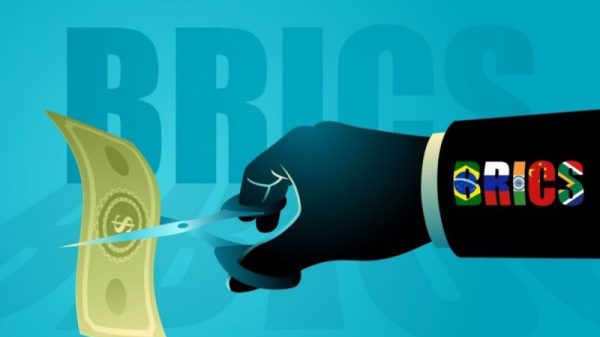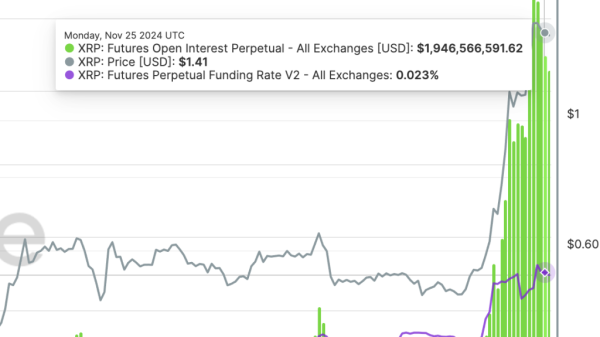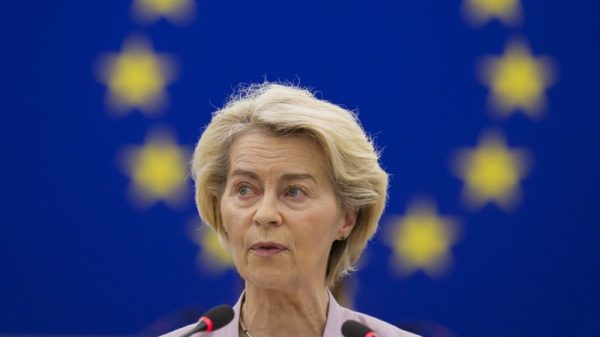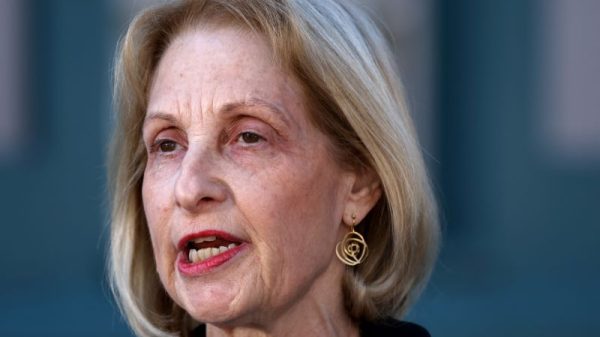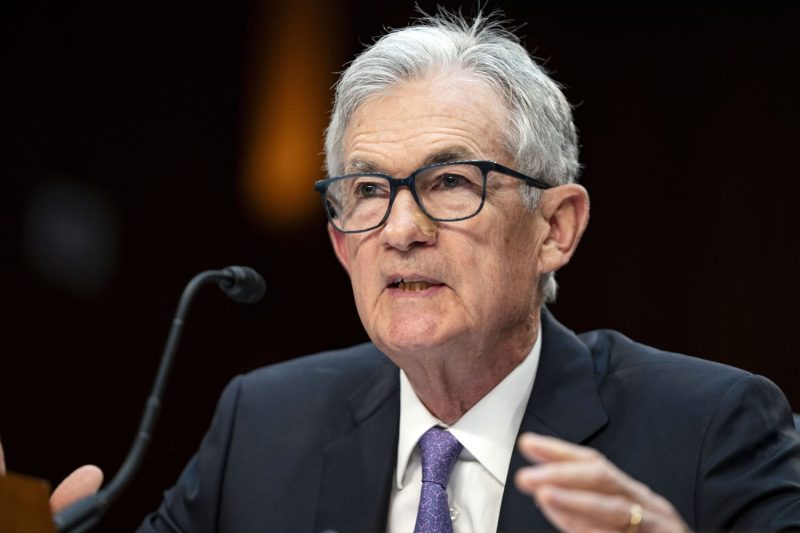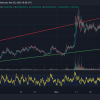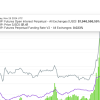The risks of up holding high interest rates for an extended period have been a topic of discussion in the financial world recently. Recently, Chairman of the Federal Reserve, Jerome Powell, spoke on this concern during a congressional hearing, insinuating that it could pose a threat to sustained economic growth.
The U.S. Federal Reserve is tasked with navigating the country’s fiscal policy, handling tasks such as regulating financial institutions, maintaining economic stability and controlling money supply. Interest rates essentially reflect the cost of borrowing money and can greatly influence the economic trajectory of the country.
High interest rates are typically employed as a tool to combat inflation, discourage excessive borrowing and encourage savings. Conversely, low interest rate encourages spending and investment, providing a boost to the economy. As these rates are a critical lever in the control of monetary policy, the decisions surrounding them are made with great caution.
Despite these conventional uses of interest rates, Powell fears the nation might be sticking with high rates for too long. While during the times of inflation, it may prove valuable to keep rates high to encourage saving and minimize unnecessary credit usage, drawn-out implementation of such policy could jeopardize the nation’s economic growth. As spending and investment are driving forces of an economy, their curb due to high interest rates can stall economic activity over time.
Moreover, Powell’s concerns also stems from recent trends in the U.S. economy. Despite strong labor markets, certain areas such as manufacturing and export businesses have been reporting weaker numbers. In such a situation, high interest rates could further discourage business investment and hurt these already struggling sectors.
Reflecting on these concerns, Powell indicated the possibility of a reduction in interest rates. This adjustment could be viewed as an effort to support ongoing economic expansion, especially given the current uncertainties in the global economic field. The adjustment in rates could release pressure on businesses and foster a more conducive environment for economic growth.
The Federal Reserve, under Powell’s leadership, is putting its focus towards ensuring the stability and growth of the U.S. economy in the face of internal and external influences. Changes in interest rates, particularly considering the shift from high to lower rates, embodies this commitment. Powell’s stance eyes the delicate balance to protect the economy from inflation and simultaneously foster its growth.
Ultimately, like many policy decisions, the fate of interest rate will hinge on ongoing assessments of economic data and financial conditions. Understanding the potential dangers of prolonged high interest rates sets a clear understanding that monetary policy, while being a powerful tool in economic regulation, has to wielded with adaptability and caution.



